‘Eat, drink, and be merry, for tomorrow we die.’
Vittorio looked the classic Italian army officer: mustachioed, smartly dressed, and stiff of resolve. As a young man, he’d transferred to Eritrea with dreams of heroism, and set about exploring the region. For his first expedition, he took one hundred men to map the source of the Giuba. He met with mixed success: thirty-five were killed, including two while hunting hippopotamus. He returned to Italy to plan his next exploration and spotted an opportunity on the border of Ethiopia and Kenya – if he could follow and map the Omo river to its conclusion, maybe that would secure his place in history.
Little did he know.
The Daga Roba skirmish with the Ethiopian tribesmen was serious. Both sides had rifles. The tailored uniforms of the Italians stood them apart from the loose-fitting long shirts of their enemy. The Ethiopians, emboldened by a recent victory over the Italian army at Adowa, were on home ground. And with shields and swords as well as rifles, they were as effective at close range as they were from a distance.
In that skirmish, on a Wednesday in March 1897, Vittorio was killed.
He was thirty-six years, seven months, and six days old. His final resting place lay unmarked and unknown. A cruel irony for a man who’d spent his life mapping the region. However, his work was not in vain. He’d mapped a part of the planet so significant it would re-define the foundations of our existence.
In 1967, a team of archaeologists found the remains of a 195,000-year-old Homo sapiens woman on the banks of the Omo river – Vittorio’s Omo river.
She is the earliest anatomically modern human ever found: a relative of the single tribe of around two hundred people who left the African continent thousands of years later and to whom the entire human race outside of Africa owes its existence.
Modern man walked through the savanna in groups of about twenty or thirty, and made little mark on the world apart from some chipped stones used for cutting and scraping.
As time went by, these groups began to trade. It helped them survive famine and drought. Around this trade, items of symbolism and ritual developed – beads, ochre, and bone.
When glaciation lowered the world’s sea levels by about eighty metres some 65,000 years ago, the Red Sea shrank and two hundred modern humans moved north.
A move that would change the face of the planet.
Life was tough, so working together was vital. Language developed. We are not so far removed from those days. Only as recently as 2005, the last speaker of a language called Bo died – it was one of the Great Andamanese languages dating back to a time when that small group of a few hundred Homo sapiens ventured out of Africa.
The development of language is thought to be associated with symbolic thought and cultural creativity, and expression of this in both art and burial denotes knowledge, awareness, and intention. Indeed, it is the earliest evidence of behavioural modernity.
Whether behavioural modernity was a result of a dramatic biological brain upgrade, a steady transition, or trading networks dense enough to cross-pollinate ideas, the effects were striking: Social, technological, and local knowledge could be apportioned among the group rather than reside Xerox-like in each individual. Something as simple as the ability to warn fellow tribesmen of a dangerous animal’s location, for example, meant that those who took the advice survived, and those who ignored it were killed. We are descendants of the survivors – the ones that feared loss.
Eventually, our ability for structured thinking and ethical judgment (despite some blind-spots) would stand us apart from other species.
As man-made more tools and weapons, and became more adept at communication and organization, he was able both to mechanize and to refine his hunting technique. Spreading across southern Asia, Europe, Russia, and the Americas across the Bering Strait, he left a trail of increasingly sophisticated ritual, language, and society.
Vittorio’s statue has significance beyond his success as an explorer. It was erected at a time when industrialization was transforming our world, and at a place that led the charge – the railway.
Never before had such a large volume of material been carried so quickly, over such long distances. The advent of the daily national newspaper owes its existence to the railway. Moving atoms of paper and ink over larger distances every day was simply not possible by horse or river barge. The railways also created standardized time. In England the sun sets a few minutes apart in London and Bristol. Local time was synchronized accordingly, but this played havoc with the train timetables. In 1880 standardization was imposed.
Industrialization was delivering a standard of housing, food, sanitation, and education previously unknown. Life expectancy rocketed. Until about 1800, the average hovered around the twenty- to thirty-year mark and had done so for thousands of years. From 1850 onwards, life expectancy in England increased by six hours per day on average. So a child born a week after another would have a life expectancy of nearly two days longer. Today, children born after the millennium are more likely than not to live to be one hundred years old.
Thousands of years of short and brutal lives have taught us that a bird in the hand is worth two in the bush. Is this still the case?
Wealth has increased ninefold since the beginning of industrialization. In the 1800s, one hour of light cost six hours of work. Today, you only need to perform one second of work to purchase an hour of light. Even in 1950, you needed only a handful of work-seconds to buy the same. And that’s not because industrialization has increased the production of candles. It’s found newer and orders-of-magnitude denser forms of energy.
In two hundred or so short years we’ve gone from steam and iron, to coal and steel, to oil, plastics, and mass electrification.
This has allowed the production of goods and services unimaginable even a century ago, let alone 40,000 years ago: a choice of calories, doctored edible produce and extracted vitamins tailored to the exact needs of the human body. We’ve developed non-tangible things like law, privacy, and rights. And money. And we can communicate instantaneously, anywhere in the world – we create more information every forty-eight hours than was created between the dawn of civilization and 2003. There have only been about 20,000 generations over the last half a million years – and less than 10,000 since our direct ancestors wandered the Omo valley. And yet in the last four generations, we’ve transformed from a local animal to a global one that can circumnavigate the world in a day.
Evolutionarily speaking, this is a baffling world.
We understand our physical limitations much better than our cognitive ones – perhaps because our emotional judgments are better tested than our intellectual assessments: we jump a mile at snakes, but rarely fear electric cable; We get spooked in the dark but cross the road without looking. We are still imprinted with the mores of a short, brutal, provincial life.
Delaying gratification traditionally has such a high cost it is still woven into our language: a bird in the hand is worth two in the bush; eat, drink, and be merry, for tomorrow we die. We fear loss much more than the pleasure of gain because this strategy has always survived over profligacy and delay.
With our instincts defined by a few hundred Homo sapiens and refined over nearly 150,000 years, the last century or so of incredibly rapid change hasn’t even begun to affect our behaviour. We are ancient creatures living in modern times.
We are fit for a world that no longer surrounds us.
And in this is why behavioural insight are fundamental to organisations, not just an add-on only.
For more on this speak with us, or have a look at our capabilities
Also, as co-founders and supporters of the London Behavioural Economics Network, join the Meetup group and Facebook group for more details and events
Related Posts
August 13, 2023
Money (but not called that, and how it changes behaviour).
Advertising agencies make a lot of…
August 1, 2023
Reading ease is not as easy as all that – comprehension shows the way
It's easy to make text readable, right?…
July 20, 2023
The ‘Hollywood hello’ – and the importance of context when communicating
When communicating we all like to be as…




